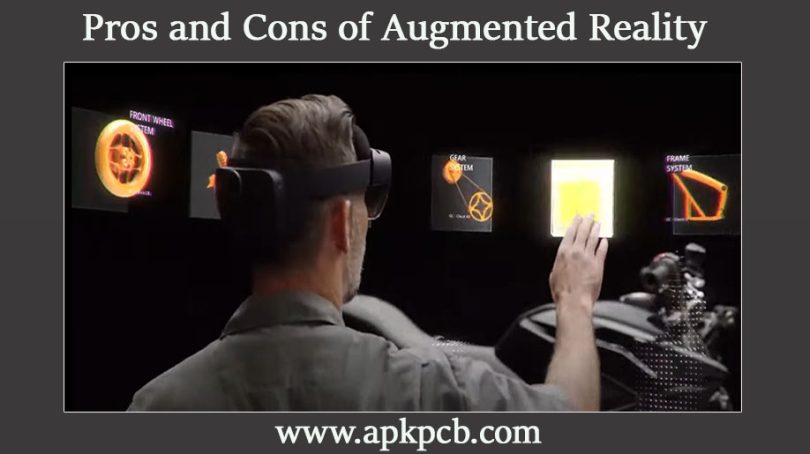Augmented reality (AR) blends real-life and virtual reality, providing users with enhanced interaction with reality. It has proven useful in various fields like driving and sports.
The primary advantage of AR technology lies in its ability to create a new world that combines the natural and digital realms.
Key Objectives of Augmented Reality
In its essence, augmented reality is driven by three core objectives: achieving precise 3D rendering of real and virtual entities, enabling real-time interaction, and seamlessly integrating the virtual and real worlds. These objectives serve as the foundation for the ongoing development and advancement of augmented reality technology, with a focus on delivering immersive and interactive 3D experiences that seamlessly blend virtual elements with the real-world environment.
Enhancing Perceptions and Enabling Seamless Integration of Real and Digital Worlds
AR technology enhances the perception of reality by augmenting environmental elements, creating a more enriched experience. Users are immersed in a virtual environment that holds significant influence and encourages collaboration. This environment can be seamlessly integrated with the real world through specialized applications.
Notable examples, such as the popular game Pokemon GO, introduced in 2016, have exemplified how augmented reality can transform users’ perception of reality by seamlessly merging real and digital elements. The popularity of Pokemon GO sparked a wave of AR app development by various companies, aiming to replicate its success and incorporate AR features into their own applications.
Unlocking Business Potential: Exploring the Benefits and Limitations of Augmented Reality Technology
Augmented reality is also advantageous for businesses, enabling them to leverage the technology to drive business growth and simplify operations. However, it is important to acknowledge that despite the numerous advantages of augmented reality, there are also drawbacks associated with its use.
In this article, our objective is to conduct a thorough analysis of the Benefits and drawbacks of augmented reality, offering readers a comprehensive understanding of its potential implications.
Pros or Benefits or Advantages of Augmented Reality (AR)
Here are the Pros of AR:
- Interactive – AR systems are highly interactive and operate in real-time, allowing users to engage with the environment simultaneously.
- Blurring Real and Virtual Worlds – AR reduces the boundary between the real and virtual worlds, creating an enhanced perception and interaction with reality.
- Medical Applications – AR technology contributes to safer patient care by facilitating efficient disease diagnosis and early detection in the medical industry.
- Accessibility – AR can be utilized by anyone through various applications, making it accessible to a wide range of users.
- Cost Savings – By testing critical scenarios in a virtual environment, AR possibly can save money by confirming their success without real-time implementation. Once proven, they can be implemented in the real world.
- Military Training – AR allows military personnel to simulate battlefield scenarios, minimizing risks and aiding in critical decision-making during actual warfare.
- Enhanced Training Programs – AR can be integrated into training programs, making information memorable and captivating through immersive experiences.
Cons or Drawbacks or Disadvantages of Augmented Reality (AR)
Consider the following Cons of AR:
- Development and Maintenance Costs – Developing AR projects and maintaining AR-based devices is an expensive process, impacting the feasibility of widespread implementation.
- Privacy Concern – AR applications raise privacy concerns, as users may experience a lack of privacy due to the blending of virtual and real worlds.
- Distraction from Important Moments – Engaging with AR can cause individuals to miss out on significant real-life moments or interactions.
- Performance Limitations – AR technology probably may encounter performance issues that need to be addressed during the testing process to ensure optimal functionality.
- Learning Curve – Effectively using AR devices requires a basic learning process, which may pose a barrier for some users.
By understanding the advantages and disadvantages of augmented reality, individuals and organizations are able to make informed decisions about its integration and usage in various contexts.
Conclusion
To summarize in conclusion, the advancements in technology have significantly improved various aspects of life, providing numerous benefits and simplifying tasks across different fields. Augmented reality emerges as a sophisticated system that enhances learning facilitates interactions, and streamlines daily activities.
However, it is essential to exercise caution regarding the potential misuse of augmented reality, taking into account the increasing health and psychological challenges faced by the current generation. Additionally, while the accessibility of augmented reality technology may be limited at present, it is expected to become more widely available in the future. Despite the associated costs, if harnessed effectively, augmented reality holds the potential to contribute to a brighter and more promising future.








